Photography by Richard Giordano
Located on the west coast of southern Vancouver Island, Juan de Fuca Provincial Park offers visitors the chance to bask in its rainforests, try out the surf, observe local flora and fauna, and hike the local trails. One of the park’s main features, the Juan De Fuca Marine Trail, winds 47 kilometers along the Pacific coastline of the Strait of Juan de Fuca. The park reserve is located within the traditional territory of the Pacheedaht First Nations, whose name aptly translates into English as “Children of the Sea Foam.”
The thick coastal forest boasts never-ending shrubs of salal, Old Man’s Beard lichen, red cedar, and western hemlock trees, while water lovers will delight in visits to hidden waterfalls, spotting Gray and killer whales, or trying out the surf at Sombrio Beach. If you’re interested in smaller marine life, head to Botanical Beach (a five-minute drive from the community of Port Renfrew), where multi-colored starfish, urchins, mussels, and sea cucumbers live in the resident pools at low tide.
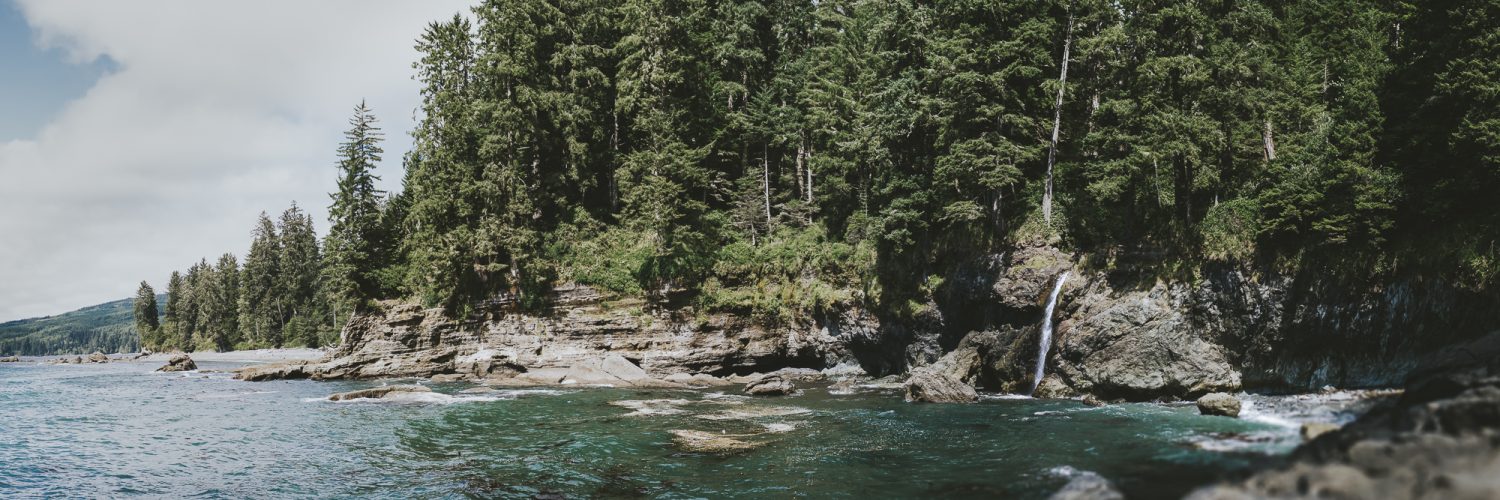
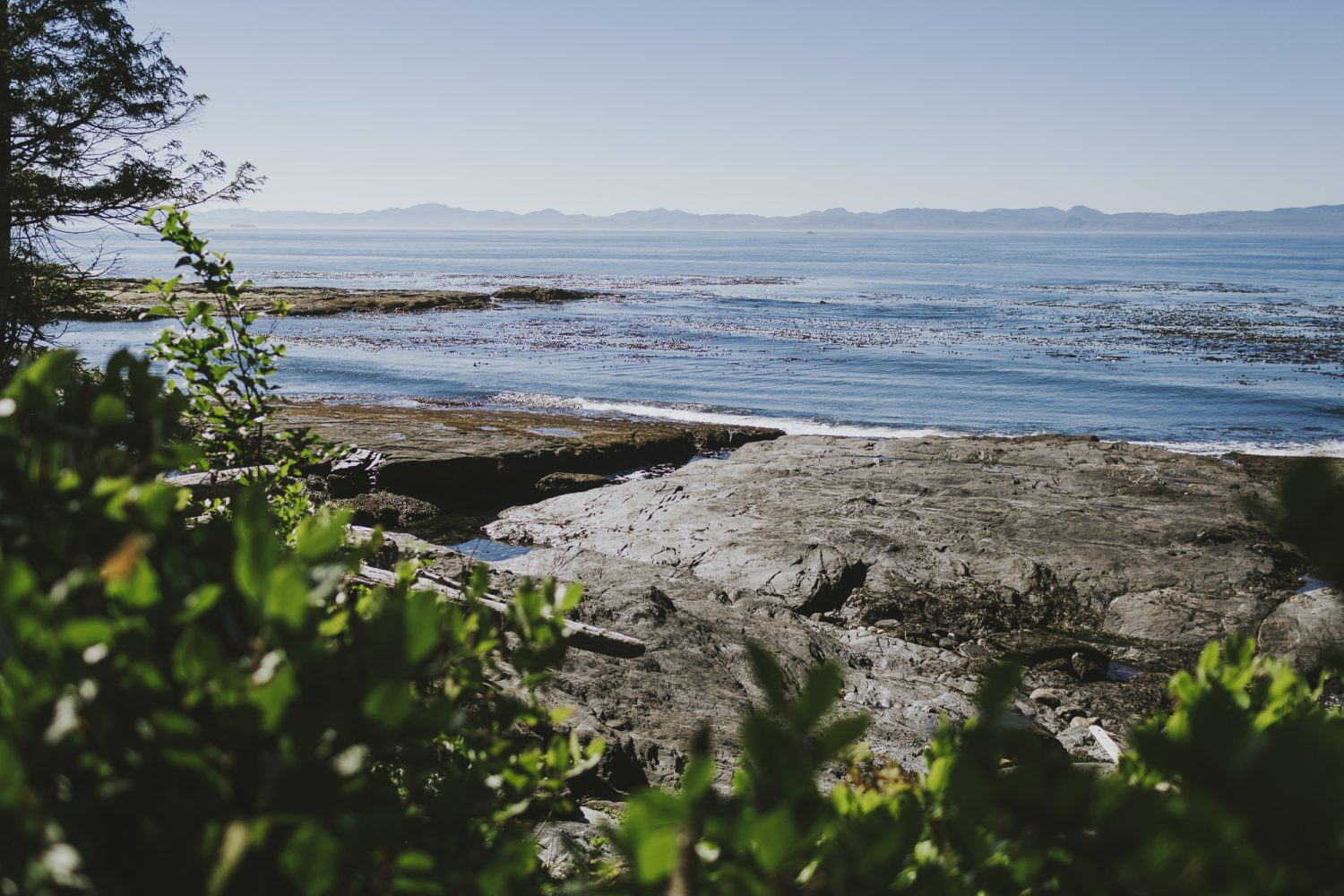
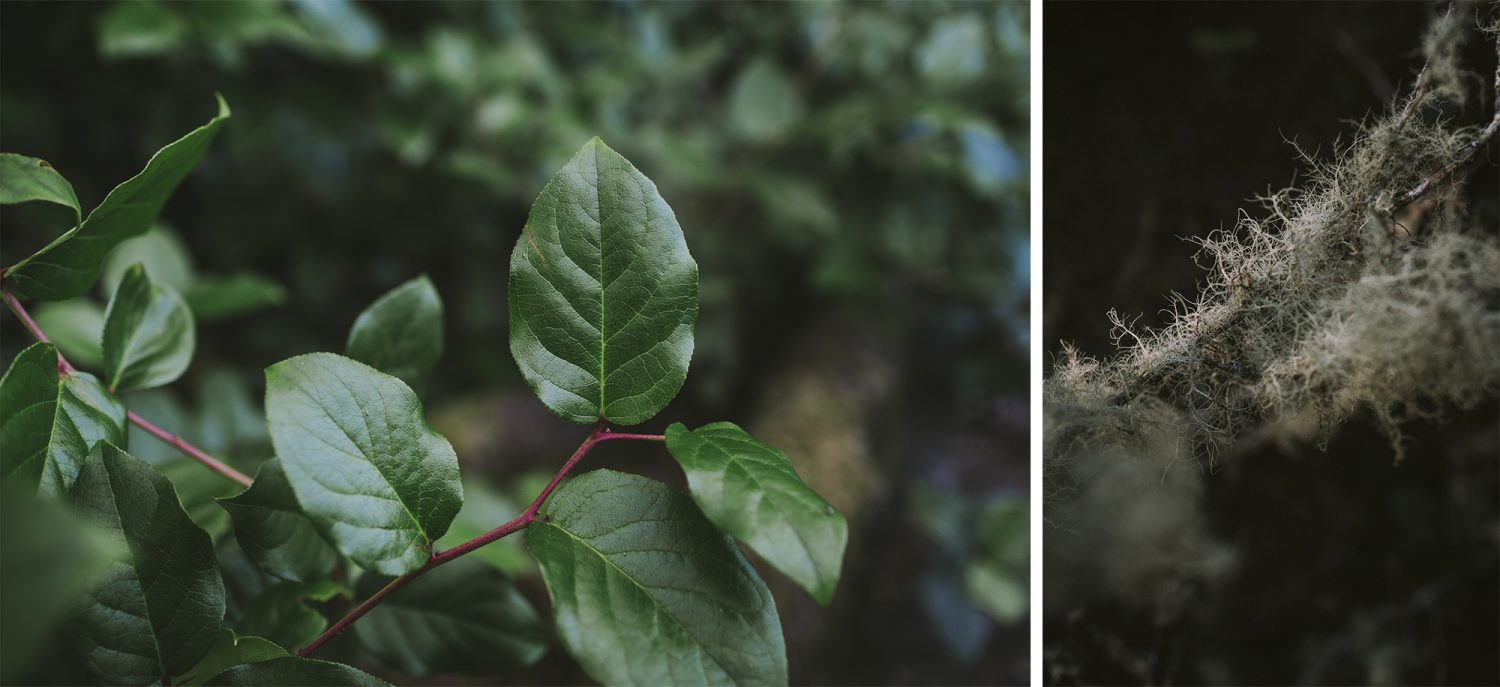

Where to Stay in Juan de Fuca Provincial Park
Vehicle-Accessible Campsites
For those who are self-contained, Juan de Fuca East (China Beach), Sombrio Beach, and Parkinson Creek trailhead parking lots are available to camp year-round. Otherwise, head to the China Beach Campground, just east of the China Beach day-use area. Note that this campground is open seasonally, from May 15 to September 15.
Backcountry Camping
If you’re itching to ditch your vehicle, several walk-in beach and forest sites are available for tent camping. A permit is required ($10 CAD per adult per night and $5 per child per night); purchase yours online via the BC Parks Backcountry Registration System. Beach camping is permitted at Mystic Beach, Bear Beach, Chin Beach, and Sombrio Beach (East). Campers are required to use designated sites at West Sombrio. Forest sites include Little Kuitsche Creek and Payzant Creek. Fires are not allowed at these locations.


What to Do in Juan de Fuca Provincial Park
Whether you’re letting the kids burn off some steam at the beach, enjoying a sunshine-filled day with a picnic, or struggling through muddy sections of the Juan de Fuca Marine Trail, there’s something for everyone in the park. Sombrio is particularly popular with the locals; see if you can find the beach’s hidden waterfall–you won’t regret it. If you’re up for tackling the Juan de Fuca Marine Trail (or part of it), BC Parks has a great run-down on their website, and this tide chart will ensure you don’t get held up by an impassable section of trail.
Sombrio Beach has a rideable swell for surfers and windsurfers. The best time to hit the water is autumn, usually in October. If you need to rent surf gear, head to West Coast Outdoor Adventure Rentals in nearby Sooke.
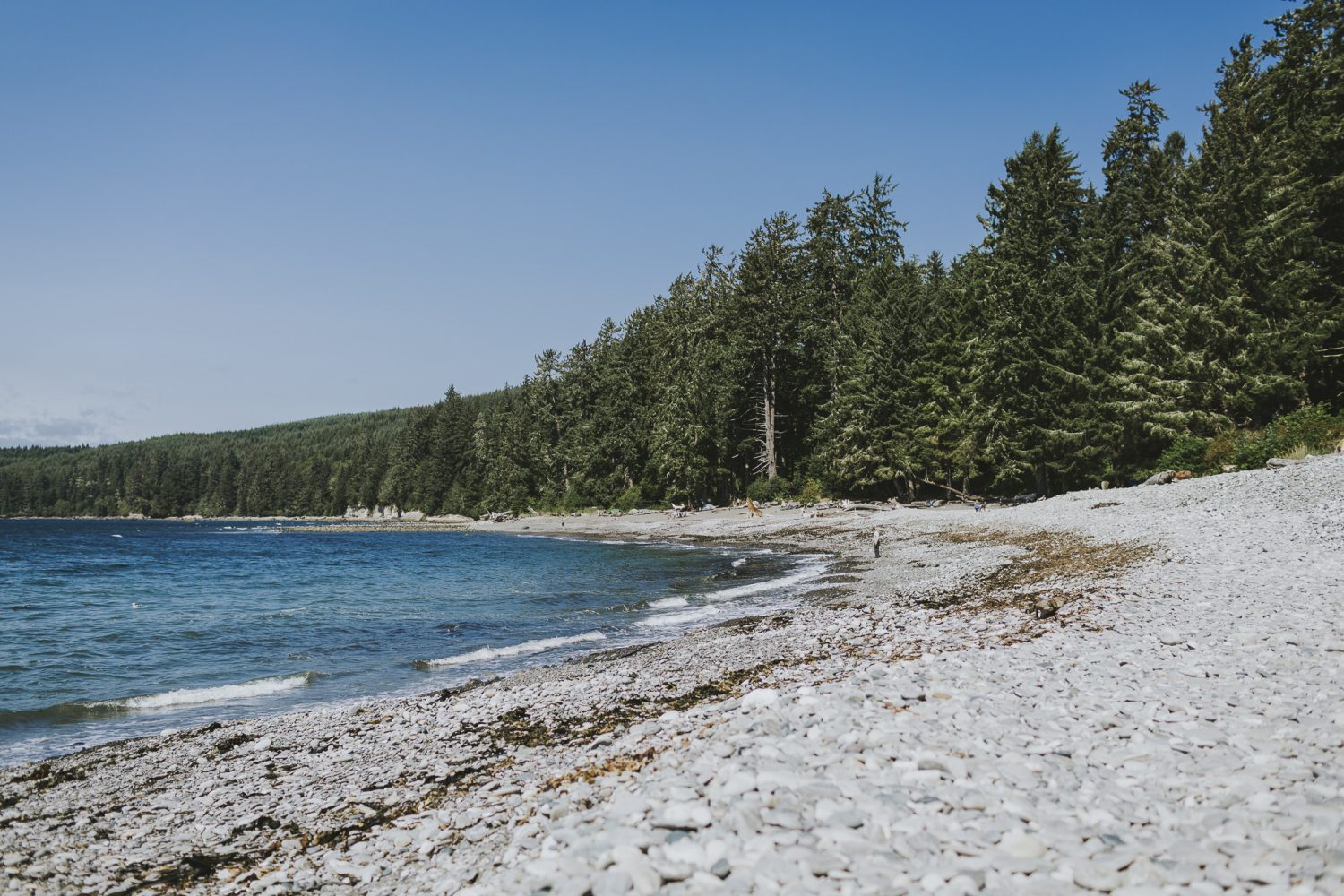
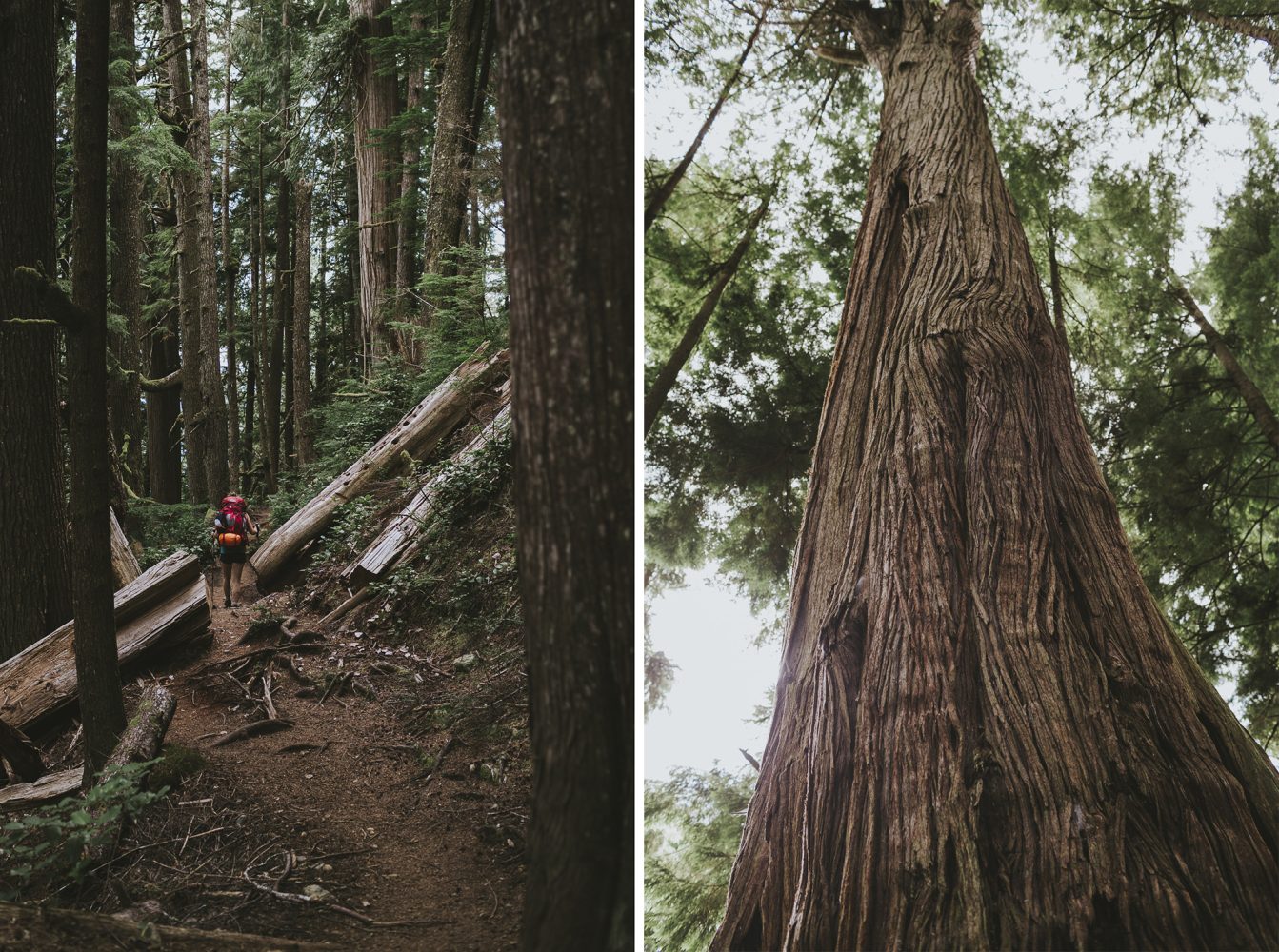
In Town
Provisions should be purchased in Victoria (75 kilometers from the China Beach Campground) or nearby Sooke (a 30-minute drive from the China Beach Campground). Shirley Delicious is a charming A-frame cafe if you seek hot coffee, brunch, or baked treats. Phil, one of the owners and baristas, is well-known for energetically bumping and grooving to catchy electronic music while he prepares your cup of java. That alone is worth the visit.
For more information, visit bcparks.ca.
Our No Compromise Clause: We carefully screen all contributors to ensure they are independent and impartial. We never have and never will accept advertorial, and we do not allow advertising to influence our product or destination reviews.


